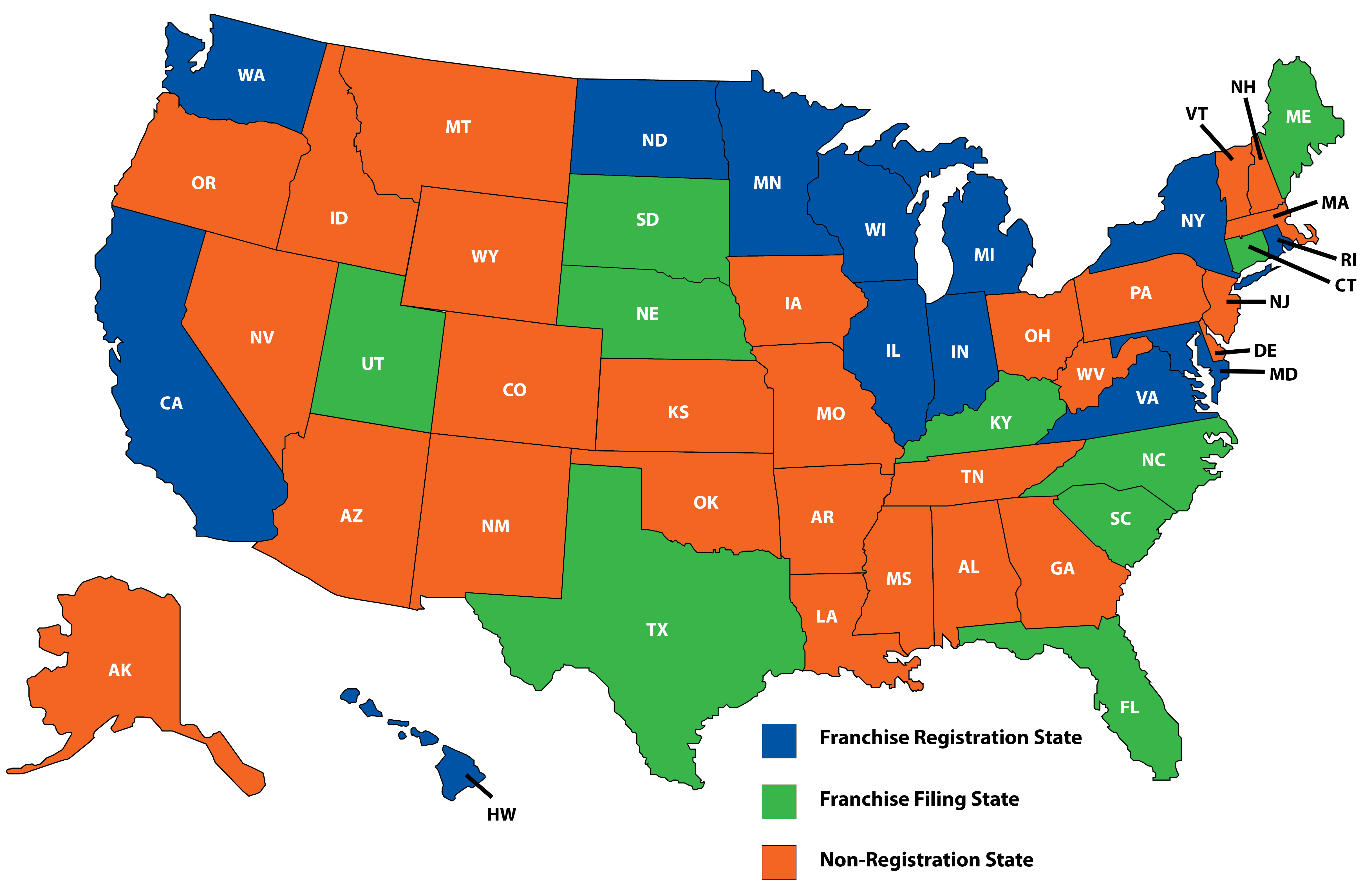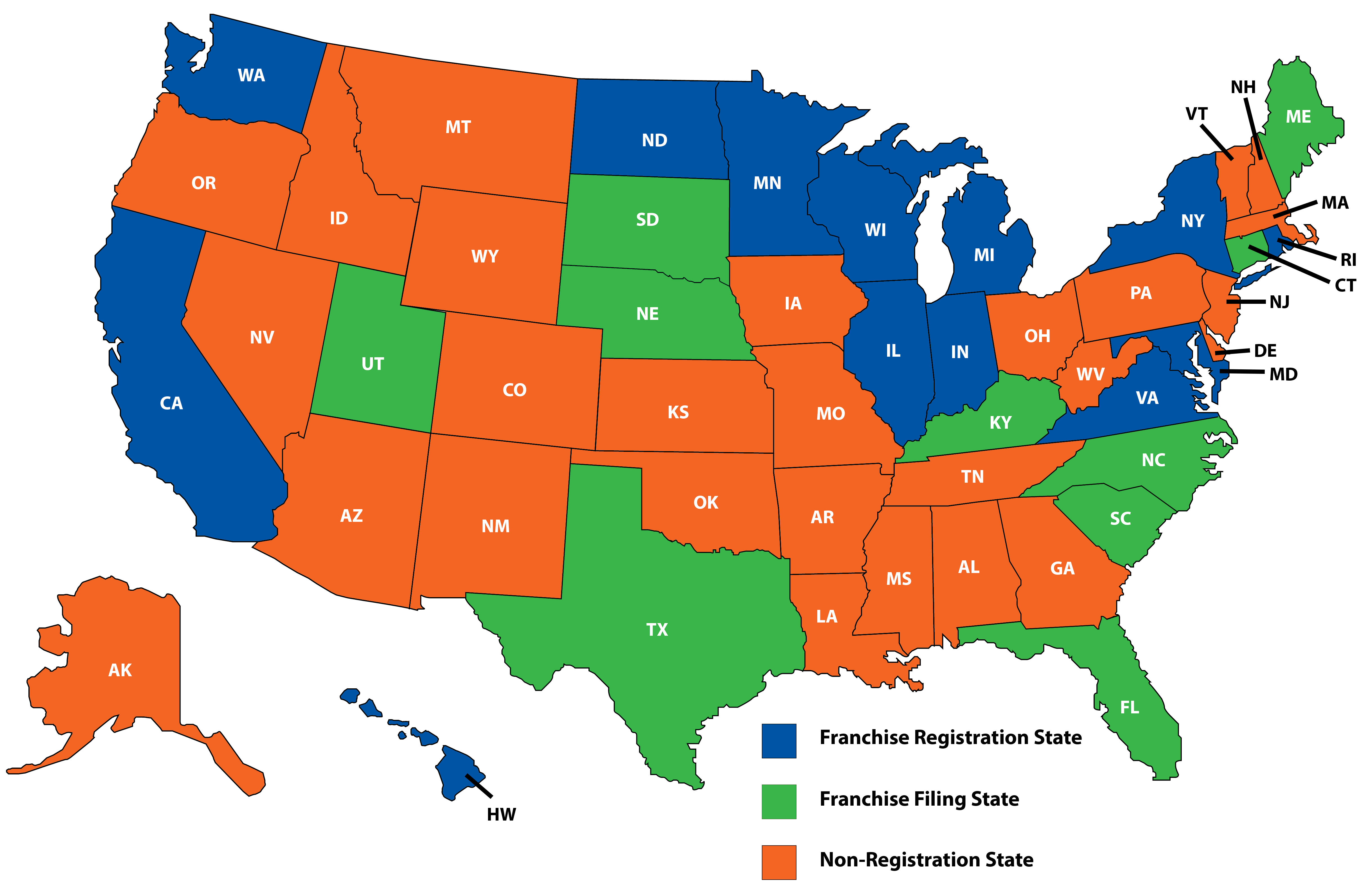When you want to grow your restaurant business, there are several different ways that you can do it. While the preferred method used to be company-owned expansion, a lot of restaurateurs are now turning towards franchising. This is a much faster method that involves you having to take on far less financial risk. But before you jump head-first into franchising, there are a few key things that you need to know.
1. The FDD needs to be given to a franchisee at least 14 days before signing an agreement or taking payment.
As part of the franchising process, you need to create a Franchise Disclosure Document (FDD). This is a legal document that contains 23 different sections (or items) that cover all of the information that a potential franchisee would need to know about your company before becoming part of the team.
After you have finished developing your FDD, it is important that you always give it to a new franchisee at the right time. This means no later than 14 days before any agreement is signed or money is exchanged. This ensures that the franchisee has an adequate amount of time to look over the document before getting into any legal partnerships.
2. An FDD must be updated each year.
The FDD is not a one-and-done thing. It is a living document that needs to be updated each year. However, annual updates are the bare minimum and quarterly updates may be required if there are material changes in the FDD details.

Annual updates need to take place within 120 days of your fiscal year-end.
3. You need to create your FDD in a way that allows the sale of multiple units at once to a single franchisee.
Typically, an FDD will be set up to sell the rights to one location for each franchisee. However, not everyone is going to be satisfied with opening a single location. There are plenty of entrepreneurs out there who would rather acquire the rights to multiple locations at the same time. That’s why you need to create an FDD that accounts for dual structure developments, which will prevent your franchisees from losing sales and give your brand a competitive edge.
4. There are franchise development professionals who can help create your operations manual
In addition to creating the FDD, you will also need to construct an operations manual. This is a confidential document that covers operational information like opening and closing checklists, training information, recipes, administrative and reporting obligations, and other related details. Once finished, the operations manual will often be referenced within the FDD.
While there are some franchisors who choose to create the operations manual all on their own, you might already have too much on your plate. Don’t worry, because there are professionals who can handle this for you. They’re called franchise development professionals, and they can put together the operations manual (as well as the FDD) from start to finish on your behalf. It’s worth checking out this option if you are someone who doesn’t have the time or patience to sit down and create comprehensive legal documents for franchising.
5. A new company and bank account need to be created when franchising for the first time.
When you are first preparing to franchise, you’re going to need to create a brand new company. But don’t worry, this just needs to be a franchise entity, which usually features the name of your restaurant along with “Franchising, LLC” attached at the end of the name (i.e., Speedy Pizza would become Speedy Pizza Franchising, LLC).
Once this new company is established, you will also need to set up a bank account for it. This new bank account will be used to prepare the opening balance sheet that the FDD requires.
6. There are 3 different types of franchising categories depending on the state.
The FDD must meet the franchising laws of the state where the new location is going to operate. This might get a little tricky as you continue to expand across several states, because the franchise laws vary from state to state. All of the 50 states will fall into one of three categories: franchise registration state, franchising filing state, or non-registration state.
Here’s what that means:
- Franchise Registration State - You need to register your FDD with the appropriate government agencies each year.
- Franchise Filing State - You need to file your FDD with the appropriate government agencies either one time or annually.
- Non-Registration State - You don’t need to register or file your FDD at all.
7. Franchising a business takes an average of 90 to 120 days.
The timeline when franchising a restaurant for the first time can vary greatly. But it is generally expected to take anywhere from 90 to 120 days to complete all of the required legal proceedings.
8. The cost of franchising a business can be anywhere from $18,500 to $84,500.
Just like the franchising time, the cost of franchising a restaurant is going to be surrounded by a lot of uncertainty. This is because franchising a business is a lengthy process that requires a lot of legal assistance. Therefore, the rate charged by your legal counsel will have a major impact on the overall cost of the process. However, it is estimated to cost between $18,500 and $84,500 to get to a point where you can start onboarding franchisees.
9. Licensing is not the same as franchising.
Many people often use licensing and franchising interchangeably, or they know that there is a difference, but they aren’t sure what the difference is. In basic terms, licensing is a diet version of franchising. This is because licensing is a legal agreement that allows a third party to use your restaurant’s trademark and/or technology for certain purposes. But franchising goes far beyond this basic relationship to also give that third party the ability to own and operate a location and essentially become an extension of your core business.
10. It is essential that you create a franchise development strategy.
As the famous proverb states, “failing to plan is planning to fail.” Never has this been more evident than with restaurant franchising. By not having a concrete franchise development strategy in place beforehand, you open yourself up to make significant mistakes that could cost you not only sales but also your entire company.
That’s why you need to sit down and create a detailed franchise development strategy before starting your franchising endeavor. This will cover how you will provide adequate support to franchisees, what sales targets you want to hit as you expand, and how you will ensure that your brand’s integrity is protected in the long-run. It should account for the next five years of franchising plans.
Domino's is pursuing what they call a fortressing strategy. So they are breaking up their addressable markets per store into smaller areas. So let's say traditionally, they may have done a five miles delivery radius. They're breaking that down into three miles, and adding another store in between two stores.
They've shown that carry-out sales are generally a hundred percent incremental and what they'll call a split store. And while delivery sales will go down, the franchisee will ultimately earn more sales in a specific market, as well as more EBITDA (or profit) because the delivery is shorter. The actual cost per transaction comes down.
It's both an offensive strategy to grow market share and defensive strategy to prevent other pizza players or other restaurants from coming in.
- Lauren Silberman, Senior Analyst with Credit Suisse in 6 Strategies Big Pizza Brands Are Using to Steal Your Customers
[Bonus] 11. Choose technology carefully, and put the same POS system in place across franchise locations.
Something that franchisors often overlook is the importance that the POS plays in their company expansion. Managing one or even a small handful of company-owned locations is one thing, but trying to control dozens or even hundreds of franchise locations is an entirely different beast.
When franchisees are left to decide what POS system to use in their location, this can result in a wide variety of POS systems being used amongst your stores. This is a leading cause of inconsistency across multi-unit organizations , which is a major brand killer. Just as importantly, using multiple POS systems also means that reporting across locations can’t be easily compiled at head office, leaving you in the dark on how your stores are doing or how to improve them.
So get ahead of this problem by strongly recommending a single POS to all of your franchisees. By doing so, you can help deliver consistency to your brand, even as you continue to franchise and grow. Plus, it makes it extremely easy to train and communicate with each location in a timely fashion, and to send out menu and POS setting updates.
“SpeedLine really helped us unify our POS system. All of our sites are looking at the same thing. We can train the same.” - Darryl Turner, Woodstock’s Pizza
As you can see, there’s a lot surrounding franchising that you need to be aware of if this is an option that you’re interested in pursuing. You need to know not only what franchising category your state falls in, but you also need to understand all of the intricate legal guides that you’ll need, and be aware that this isn’t a process that happens overnight.
Posted on Mon, Oct 26, 2020 @ 12:10 PM.
Updated on May 3, 2022 @ 10:35 PM PST.



